Note: The opinions expressed in this article are those of the author and do not represent the views of ScoopWhoop.
Anil Kumble, on Tuesday, stepped down as the coach of the Indian Cricket Team. With his formal announcement on Twitter, Kumble also confirmed the media reports that captain Virat Kohli had ‘reservations’ with his ‘style’. Anil Kumble is agreeably the best spinner India has produced, in terms of numbers at least. With 619 Test wickets and a career that lasted nearly 2 decades, Kumble’s resume for the post of the coach could not have been stronger. We have also witnessed the great one captaining the Indian side successfully in Test matches, taking the team rise to the numero uno spot in the ICC Test rankings. Why then, one must ask, did he quit? Could the problems between the coach and the captain not be solved?
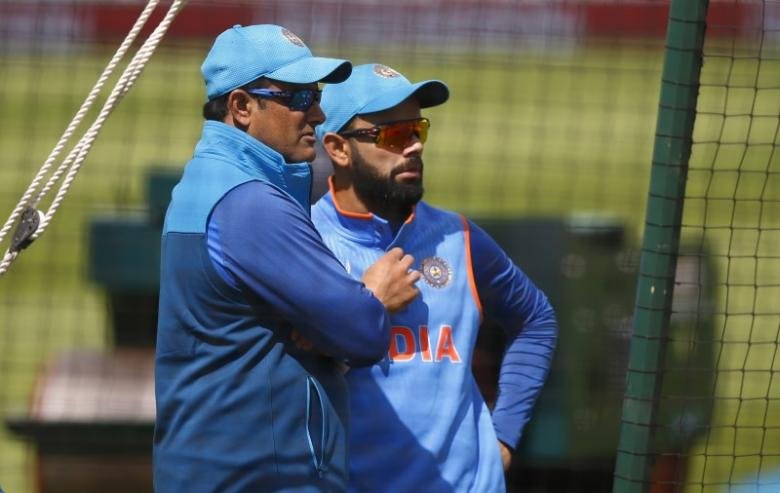
To make things simple, NO. In a game of cricket, it is the captain that must always hold the last and the biggest card. For the very simple reason that he will be leading a team of 11 men out in the field. All the tactical calls, whether it’s the fielding formation or the batting strategy start and end with the captain. And hence, the last word must be his.
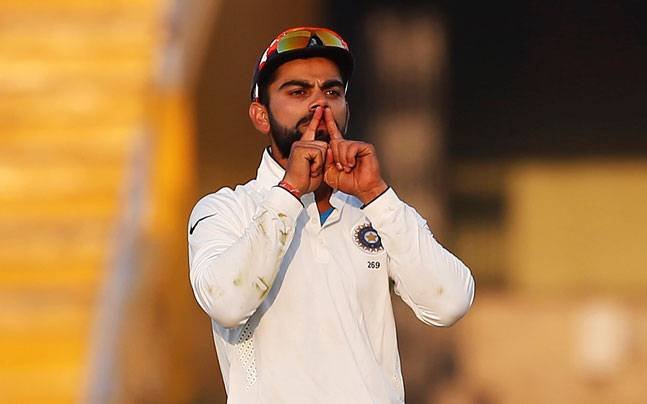
Let me put this in perspective for you.
Virat Kohli is 28 years old. 3 years ago, he was the future and right now, he is the present. He is the face and undisputed leader of an Indian team, that will go into the 2019 World Cup as (most likely) favourites. This Indian team, in the last 2 years has been ruthless, aggressive and doesn’t want to give an inch, something that we can all agree is a mirror image of its captain. And the captain is here to stay, for the next few years at least. The lifespan of an Indian coach has never been that long, no matter how successful they have been. Take Gary Kirsten for example.
And of course, let us not forget the repercussions that a team faces when its captain and coach do not see eye to eye. None of us have forgotten the Greg Chappell era. The rivalry between Sourav Ganguly and Chappell had destroyed the atmosphere inside the dressing room. The result? India were thrown out of the World Cup 2007 in the very first round.
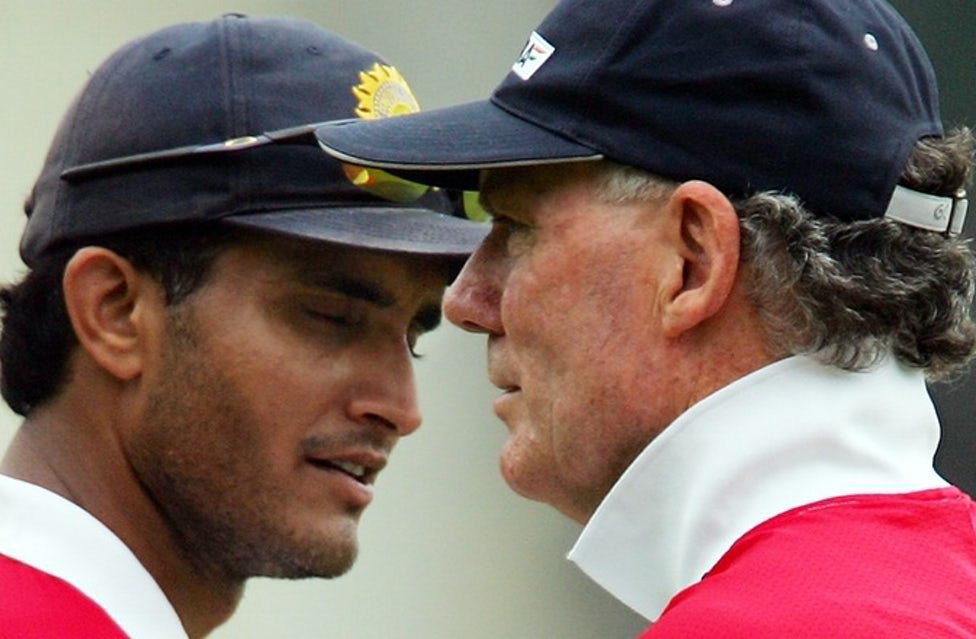
The Gary Kirsten era, that followed a while later saw the South African legend form a great camaraderie with the then captain Dhoni and we had a World Cup to show for it.
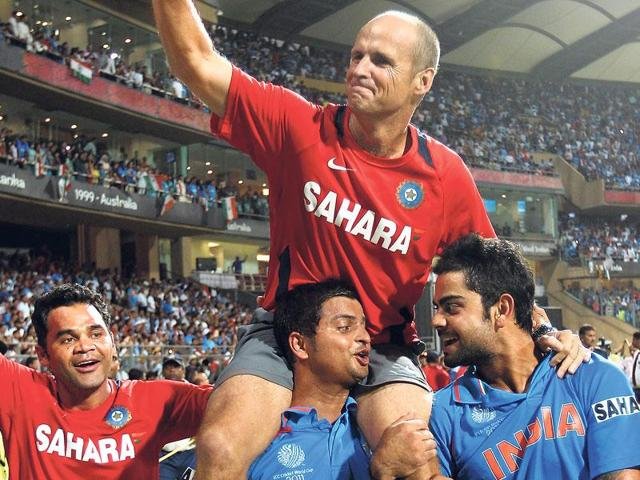
This was followed, by a stint with Duncan Fletcher, a coach known to have the final word. His tenure clearly affected MS Dhoni, who went from being an imaginative, innovative captain to being a defensive one.
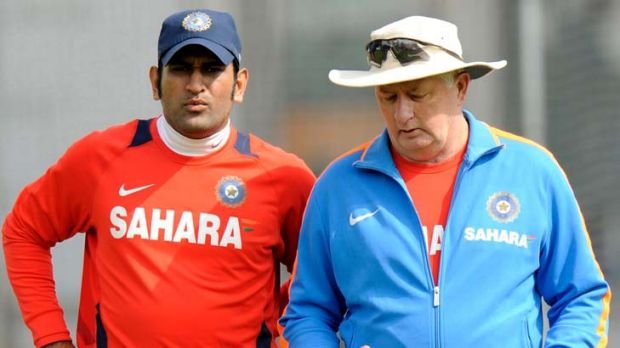
And of course, lets not forget how the current iteration of the Indian Team began. John Wright joined a troubled Indian team in 2000, a team that was plagued by bad results a lack of leadership. The Ganguly-Wright combo constructed the foundation on which the likes of Yuvraj, Sehwag, Harbhajan and Dhoni became world beaters.
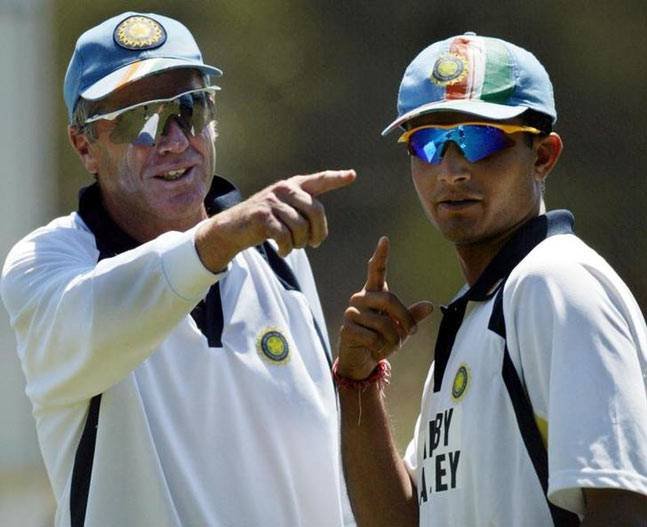
Unlike football, where the manager takes the final call, in cricket, the captain makes all the decisions on the field. This can be summed up beautifully with a quote from the Game of Thrones:
“The King eats and the Hand takes the shit.”
Except, the coach is the Hand and the captain has always been the King.

















